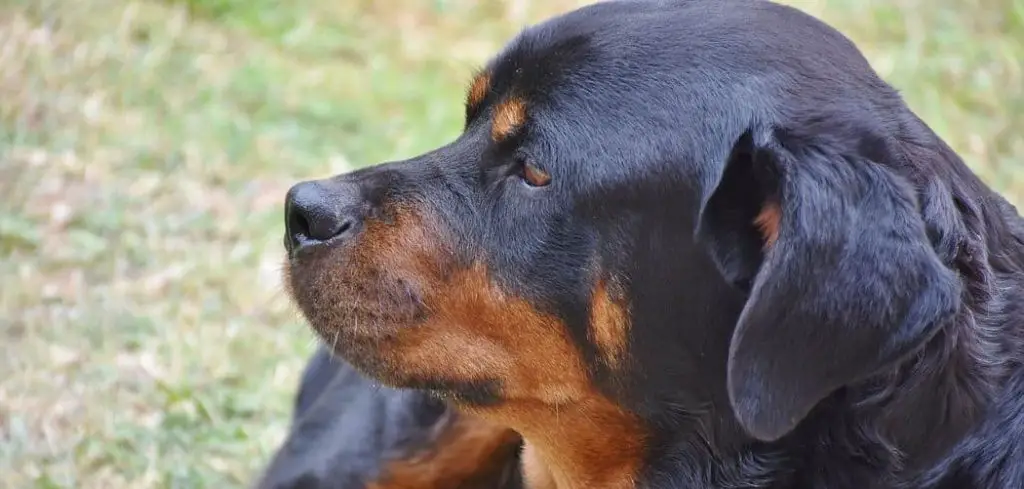When your dog is not eating and passing green poop, it’s natural to worry something is seriously wrong. These symptoms can be early signs of digestive distress, toxin exposure, or even a more severe underlying illness.
We outline the common causes of dog green poop and not eating, what you can do at home, and when to seek veterinary help.
Dog Green Poop and Not Eating — Why It Happens
A dog with green poop who’s also refusing food may be dealing with anything from dietary indiscretions and parasite infections to liver issues or even poisoning. In some cases, the green color comes from something harmless, like eating grass.
But when this is paired with appetite loss, it often signals a deeper issue involving the digestive or immune system. Infections, intestinal blockages, or reactions to medication could all be at play.

Common Causes of Dog Green Poop and Not Eating
Eating Grass or Green Foreign Material
Dogs often eat grass when they’re feeling nauseous or anxious. When large quantities are ingested, it can cause green-tinted stool.
If your dog has eaten grass or other green plant material and then stops eating, it may be experiencing an upset stomach or even an obstruction if the material isn’t passing properly.
Watch for additional symptoms like vomiting, lethargy, or straining to poop.
If the green poop persists beyond a day or is accompanied by no interest in food, it’s time to consider more serious causes.
Gastrointestinal Infection or Parasites
Bacterial infections or intestinal parasites like Giardia can disrupt your dog’s digestive system and cause green diarrhea or abnormal stool.
These infections can reduce appetite quickly due to discomfort, nausea, and inflammation.
Parasites often result in mucus-covered or discolored stool and may also cause weight loss or bloating.
Puppies and dogs with weak immune systems are especially vulnerable.
Ingestion of Toxins or Chemicals
Exposure to toxins—especially rodenticides, fertilizers, or certain household cleaners—can cause green-colored feces and sudden loss of appetite.
These substances may alter the color of bile or intestinal contents and lead to systemic illness.
Your dog might also exhibit symptoms like vomiting, drooling, shaking, or pale gums. This is a medical emergency that needs urgent intervention.
Liver or Gallbladder Disease
The liver plays a key role in bile production and digestion. If it’s not functioning properly, bile may not be broken down normally, resulting in unusually colored stool, including green.
Dogs with liver problems often experience reduced appetite, vomiting, yellowing of the eyes or gums (jaundice), and lethargy.
Green stool in these cases can be a sign of bile imbalance or incomplete digestion.
Read more: Dog Gagging and Not Eating (Why this is serious)
Food Intolerance or Sudden Diet Change
Switching your dog’s diet too quickly or feeding something they can’t tolerate (like dairy or fatty scraps) can lead to digestive upset.
Green poop in this context may result from rapid transit through the intestines, where bile isn’t fully reabsorbed.
A dog that stops eating after a diet change might be suffering from nausea, abdominal discomfort, or bloating.
Reverting to their usual food and observing for improvement can help—but consult a vet if symptoms persist.
Obstruction or Foreign Body
Ingesting non-digestible objects like toys, plastic, or bones can block parts of the digestive tract.
This often causes loss of appetite, vomiting, and discolored poop—including green if bile is involved or the item itself was colored.
This condition is dangerous and may require surgery.
If your dog hasn’t eaten in over 24 hours and has green stool with signs of distress, don’t delay seeking veterinary care.
What to Do If Your Dog Has Green Poop and Isn’t Eating
Start by removing any potential sources of toxins, unfamiliar foods, or inedible objects from your dog’s environment.
Review anything your dog may have eaten in the last 24–48 hours, including treats, table scraps, plants, or garbage.
If your dog isn’t vomiting and seems otherwise alert, you can wait a few hours before trying to offer bland food like boiled chicken and rice.
Watch carefully for any worsening symptoms like vomiting, trembling, or collapse.
Ensure your dog has access to clean, fresh water and encourage small sips.
Dehydration can quickly become a problem if diarrhea or vomiting occurs.
If green stool is mild and short-lived, it may resolve on its own. However, persistent symptoms, especially alongside food refusal, warrant a veterinary check.
Don’t give human medications or attempt home deworming unless directed by your vet.
When to Call or Visit Your Vet
Call your vet promptly if your dog:
Has green poop for more than 24 hours
Refuses all food for more than a day
Vomits repeatedly
Shows signs of abdominal pain (hunched posture, whining, bloated belly)
Has yellowing of the gums or eyes
Acts lethargic, disoriented, or unusually quiet
These signs point to conditions like toxin exposure, liver failure, or intestinal blockage—all of which need professional diagnosis and treatment.
Read more: Dog has bad gas and not eating (When it’s a concern)
Key Takeaway
Green poop in dogs isn’t always an emergency—but when it’s paired with refusal to eat, it’s a sign something may be wrong internally.
From infections to toxins or liver issues, several serious conditions could be at play.
Monitor your dog closely, remove any risky foods or objects, and offer a bland diet if safe.
But don’t hesitate to seek veterinary help if symptoms continue or worsen.
Your vet can identify the root cause and guide your dog back to health with timely care.
